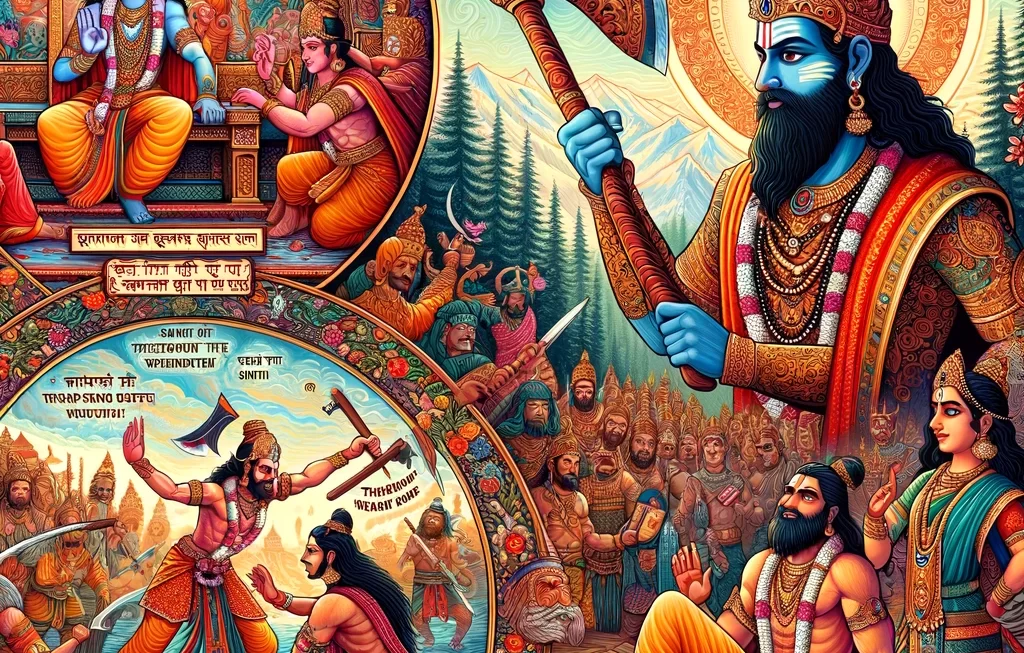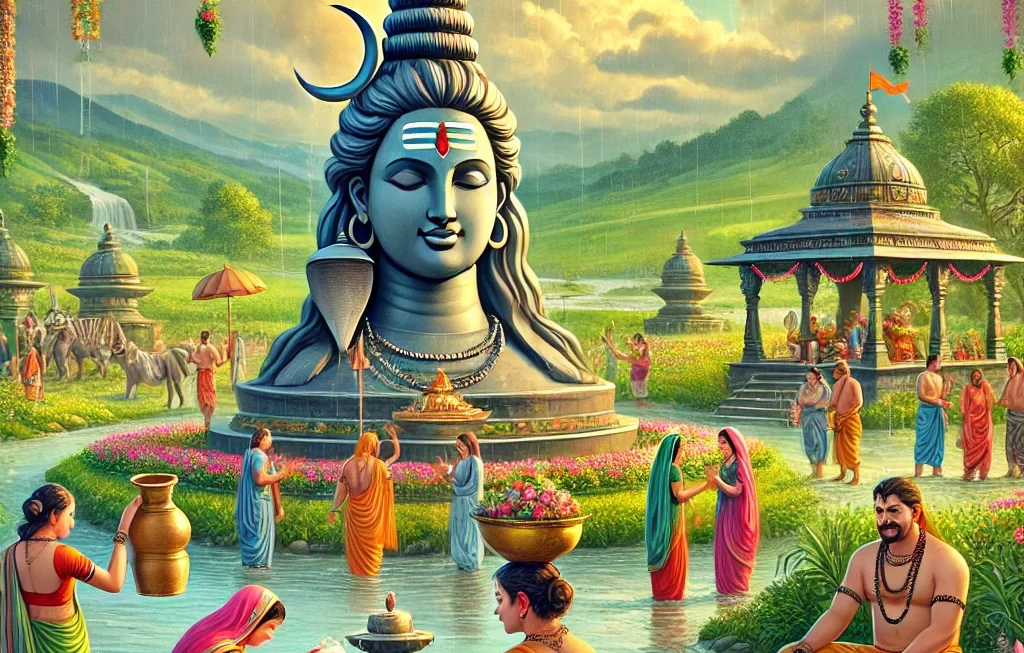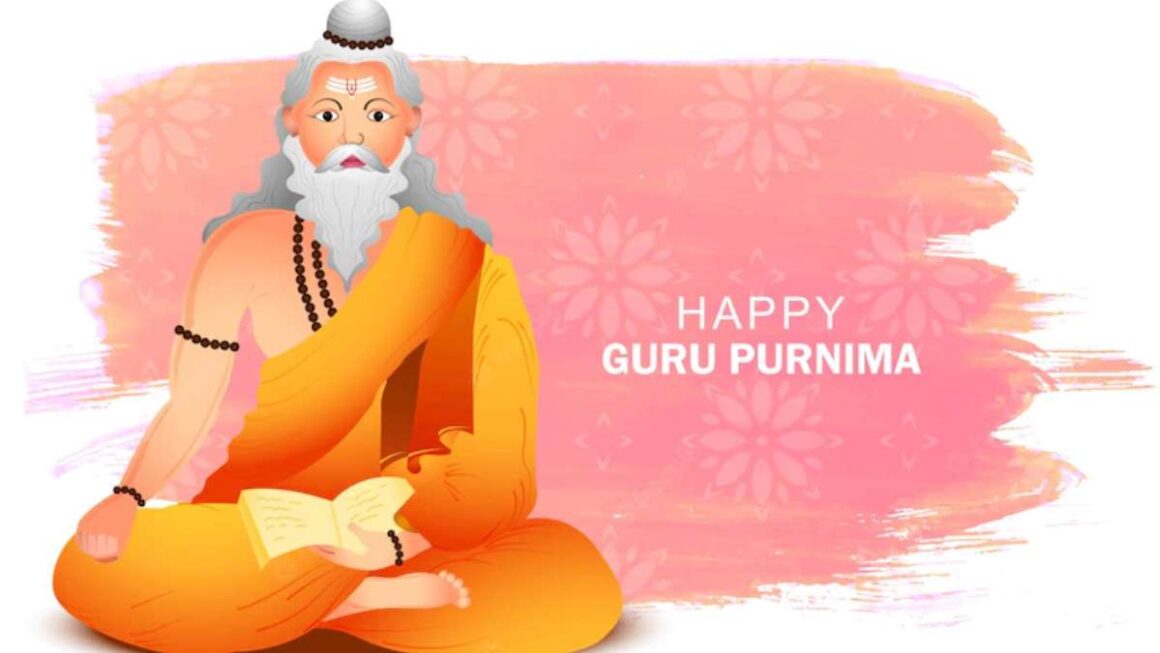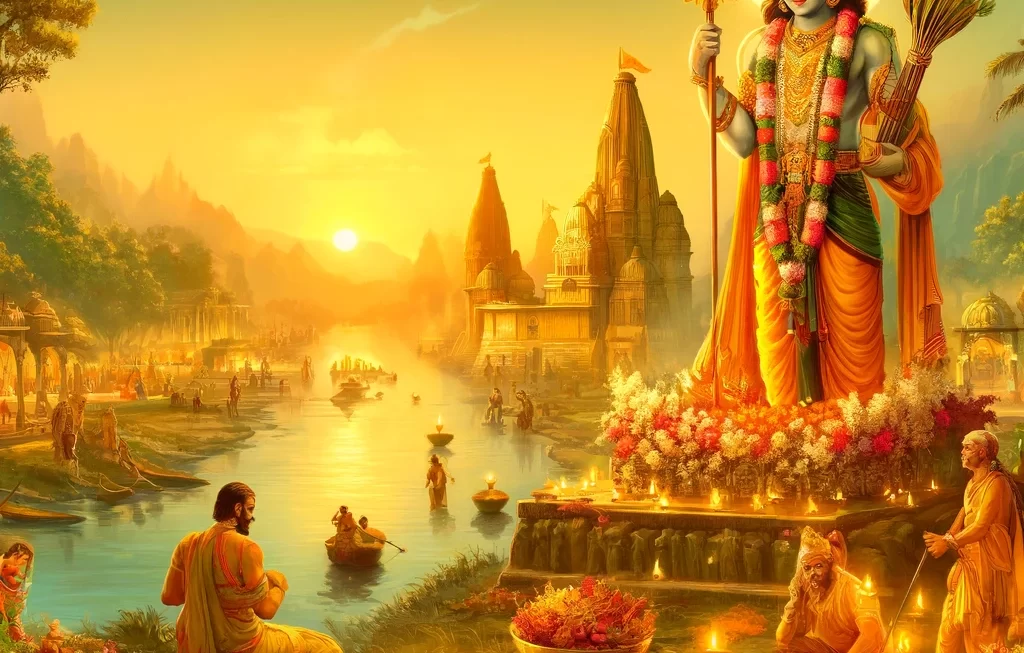Shri Parshuram, the sixth avatar of Lord Vishnu, is a figure wrapped in layers of valor, wisdom, and divine prowess, spanning across three significant epochs in Hindu mythology: Satya Yuga, Treta Yuga, and Dwapar Yuga. Celebrated on the auspicious Akshaya Tritiya, Parshuram Jayanti marks the birth of this warrior-sage, whose legacy is both enlightening and controversial within the tapestry of Indian myths.
From Satya Yuga to Treta Yuga: The Birth and Enlightenment of Parshuram
Parshuram, born as the son of sage Jamadagni and his wife Renuka, during the tail end of Satya Yuga, is a Brahmin by birth but a Kshatriya by temperament. This blend of priestly and warrior qualities underscores his unique role in Hindu narratives. He is often portrayed wielding an axe given to him by Lord Shiva, symbolizing his role as a destroyer of adharma.
His story intensifies with a startling act of obedience — when his father orders him to decapitate his mother due to a perceived indiscretion, Parshuram complies, only to be rewarded for his unwavering filial duty with boons. He chooses to bring his mother back to life, thus setting a stage where dharma (moral righteousness) and extreme measures coalesce confusingly.
The Warrior Sage: Eradication of Unrighteous Kingship
Moving into the Treta Yuga, Parshuram becomes notorious for his campaign against the ruling Kshatriyas, whom he saw as corrupt and power-abused. This era highlights his transition from a sage into an avenging warrior. Legend states that he cleared the earth of warriors twenty-one times as a reaction to the unjust killing of his father by a king. His actions, though violent, were aimed at restoring balance and dharma in an age where the sanctity of power and rule was compromised.
The Meeting with Shri Ram: A Confluence of Avatars
One of the most poignant moments in his long mythological life is his encounter with Lord Ram, another avatar of Vishnu. This meeting occurs when Ram breaks the bow at Sita’s swayamvara, a bow that originally belonged to Shiva and was guarded by Parshuram. Recognizing Ram as his superior, Parshuram then recedes, marking a significant transition of eras from Treta to Dwapar Yuga.
The Guru of Warriors: Mentoring the Legends
Parshuram’s influence spanned into the Dwapar Yuga, where he emerged as a revered guru, imparting martial skills to great warriors like Karna and Dronacharya. This aspect of his life underscores his mastery over warfare and weaponry, as well as his willingness to share his knowledge beyond the confines of caste and creed, as seen in his tutelage of Karna, a warrior of disputed lineage.
Legacy and Celebrations of Parshuram Jayanti
Today, Shri Parshuram Jayanti is observed with much reverence, particularly by those in the Brahmin community. Devotees perform puja, read scriptures, and reflect on the lessons of righteousness and the importance of combating moral decay. This day also serves as a reminder of the complexities of dharma and the responsibilities that come with power.
Conclusion
Shri Parshuram, an immortal who strides through ages, encapsulates the essence of a complex hero who maneuvers through the constraints and calls of dharma. His life and actions invite contemplation on the nature of justice, duty, and redemption. As we celebrate Parshuram Jayanti, we are reminded of the enduring relevance of ancient wisdom in guiding moral and righteous conduct across ages.




